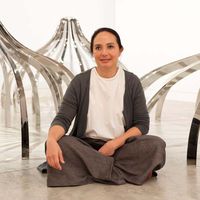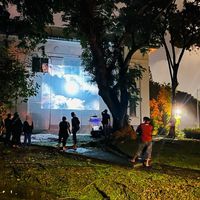Arts Engagement Therapeutically Enriches the Dementia Journey: Malaysian Case Studies
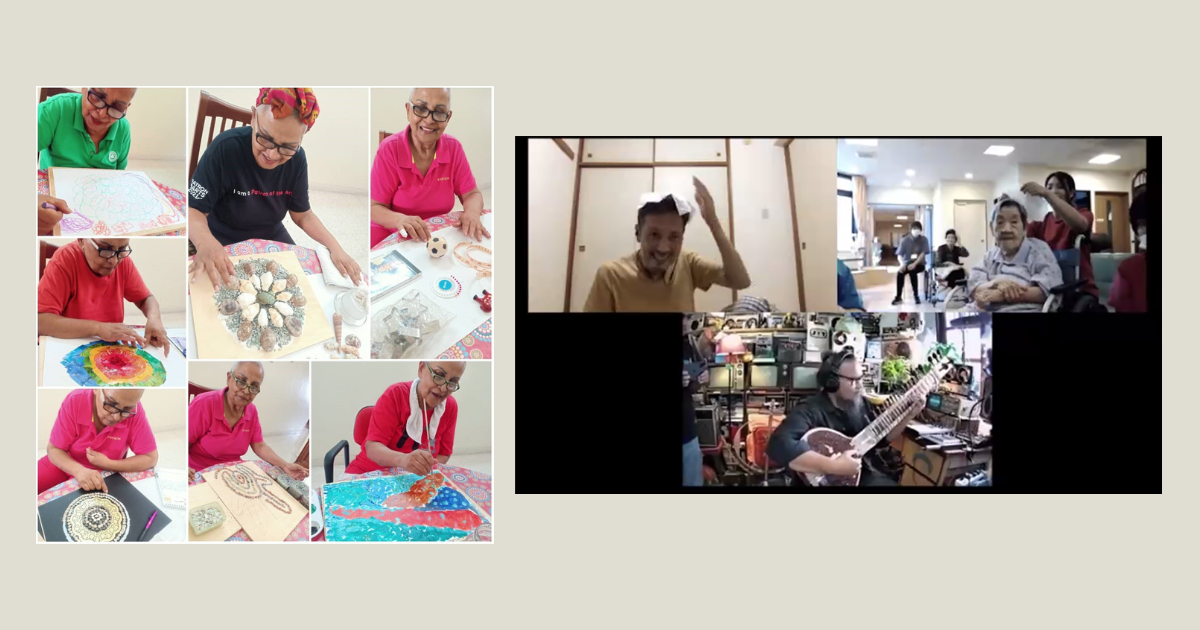
As of August 2021, the World Health Organization (WHO) reports that 55.2 million people around the world are living with dementia. The number is projected to reach 78 million by 2030 and 139 million by 2050 (www.who.int). As a progressive syndrome of cognitive function deterioration beyond the usual consequences of biological ageing process, dementia has become a major growing challenge among elderly population. Besides affecting the patients, dementia challenges the caregivers, both physically and psychologically. Along with medical treatment, practical alternatives such as social interventions and art therapy are applied.
Reminiscence sessions through activities that trigger memory effectively enhance positive self-esteem, sense of identity, verbal communication, alertness, sense of humour, and responsiveness of people living with dementia. Regardless the patient's mental state or cognitive consciousness, active engagement in creative activities through different art forms triggers imagination and activates brain's dormant cells toward better expression and self-awareness. Participating along with the patients, art engagement helps caregivers coping their stress with joy. Subsequent sections discuss how pottery, painting, sound art/music and dance/movement supportively enhance the well-being of dementia patients.
Art-making Positively Enriches the Dementia Journey
Even though she undertook her artistic exploration at a later stage in her life, Irene John, aka Madame Kanga (80), who was diagnosed with vascular dementia in January 2020, discovered a strong passion for art. Her ongoing artistic engagement has enriched her early dementia journey, leading her to ‘dance’ creatively and constructively through life's challenges. Irene's partner Pak Peter is continually witnessing the significance of artistic engagement as an alternative and inspiring therapy for Irene.
"According to the doctor, the half-yearly evaluation through questionnaire shows that the progression of Irene's dementia is slower compared to others. After two and a half years since her first diagnosis, she is still in stage one. I believe that artistic engagement supports biomedical treatment. More importantly, it improves our quality of life," explains Peter.

Irene John and her partner, Pak Peter
During the interview, Irene enthusiastically shared her artistic exploration of what she had encountered.
"I began by learning pottery from Sook Peng, who never lost faith in me. I can’t believe that I made a mug for Peter. Sook Peng teaches me how to use cookie cutters to make pieces of varied shapes and patterns. It takes time and patience to craft them correctly. Seeing others in class, making their amazing pieces of pottery, I feel that making these clay cookies is a punishment for me," she laughs joyfully. “Surprisingly, the creations with these clay cookies turned out to be amazing too. Getting it right is no easy task. I must roll and shape the clay properly so that the pattern imprints fit well into the clay. Then I colored it with a favorite color mix and let it dry. Finally, it went under the firing process. The finished work always amazes me,” explains Irene, the steps and processes, slowly but very clearly. She decides to delve deeper into pottery. “Next, I will learn to use different type of clay and specific methods to make a cooking pot.”
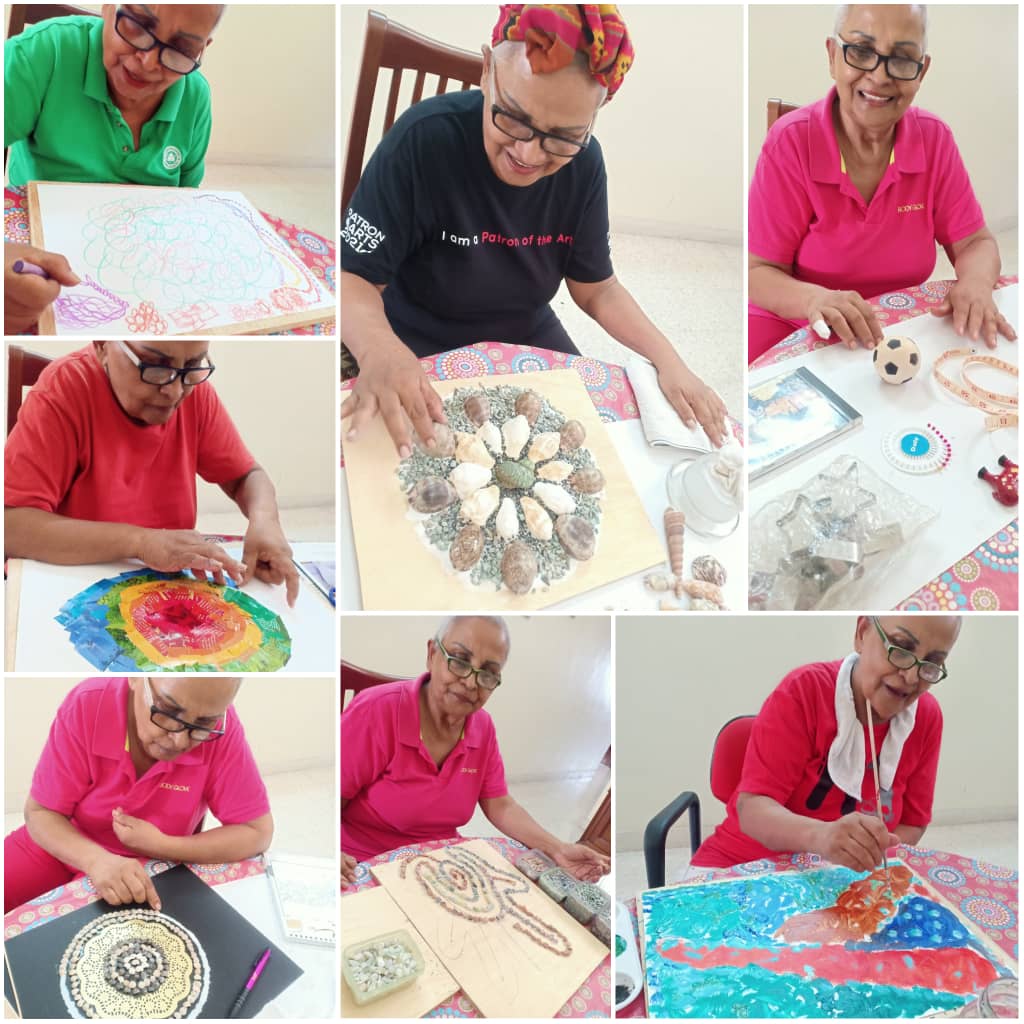
Irene enjoys crafting her collages with seashells she collected from Pulau Terengganu many years ago.
“I was guiding Irene as my other elderly students. Besides Irene, I have 84- and 92-year-old students in pottery class. I am pleased to see how they enjoy the pottery making. The entire process stimulates their senses, from touch to visual, then triggers their brain to process the information. First, I urge them to touch and feel the clay. Next, I guide them to learn to master a single technique to create different pieces of work. The process engaged full attention and patience. It calls for observation and decision-making during every process, to eventually produce the finished piece. Besides leading them through a therapeutic process, every repeated realization of creating something out of clay gradually builds their self-esteem and confidence. In each class, they must get the right materials and tools to begin and later to clean and return to the original places. It keeps them practicing their memories," said Sook Peng. “I saw how Irene learnt from scratch and how she consistently creates her desired piece independently and joyfully.”
Besides pottery art, Irene learns painting from Alice Ng since last year.
“Alice guides and encourages me to explore art freely and creatively. In pottery, I work with fingers, while in painting, I work with paint and brushes. With Alice’s help, I practise my imperfect strokes and learn to control the wash of colours. I finally painted the lovely tree with hanging yellow flowers, which I have always admired.
“Initially, she was resistant and fearful. She focused on what she couldn't do. I've tried to shift her mindset toward what she's capable of with her means. We began with abstract art doing so spontaneously and intuitively. I guided her through the process of making art in relation to her life stories. Having seen the ability to create a work of art using her seashell collection, she becomes more confident,” Alice explains how she gradually helps Irene cope with her challenges and limitations, particularly to overcome her emotional distress through a combination of painting and craft-making using mixed medium. “I suggested her to create affirmative word cards to remind herself to stay positive. This memory exercise works effectively. She places the word cards on her table and wall.”
No knowledge base of art and early symptoms of dementia ever seem to have hampered Irene's growing creativity and progressive development of art skills. Art has not only engaged her to living through a quality dementia process, but indeed, has led her to find her growing passion for creativity.

With support from Sook Peng (right) and Alice (left), Irene held her first art exhibition
Sound Art Triggers Recollection and Recognition of Memory
According to Kamal Sabran, a sound artist cum researcher, who studies potential therapeutic sound characteristics, components and elements in sound art-making for Alzheimer's (i.e. the most common type of dementia), different composition of sound from the natural environment, familiar voices, daily activities and musical instruments produces different soundscapes, which effectively evokes memories and emotional reactions amongst Alzheimer's patients.
“Playing music and sound with positive values and comfy melodies creates soundscapes which generate good vibes in a psychologically supportive environment. The sound or acoustic stimuli captured patients’ attention and triggered their memories to think, relate and respond, either verbally, physically or emotionally. It eventually enhances patients’ alertness and awareness of their surroundings. Some patients start chatting about their past activities or life experiences cheerfully. In general, natural soundscapes improve a patient's mood," explains Kamal.
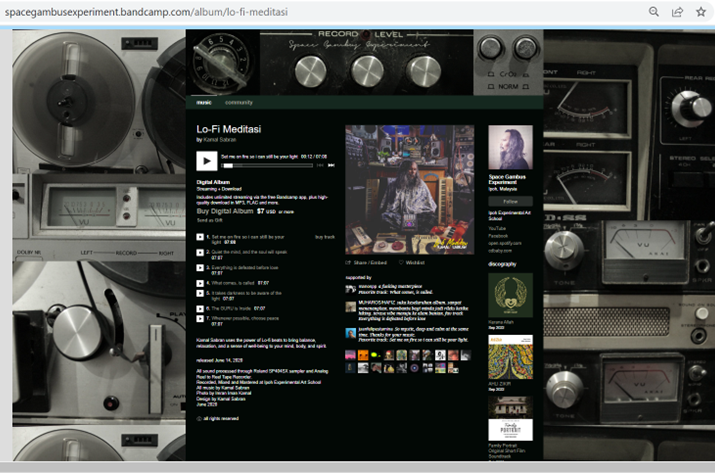
Soundscape Compositions for Therapy, produced by Kamal
(https://spacegambusexperiment.bandcamp.com/album/lo-fi-meditasi)
Since September 2020, Kamal has joined the TOTSU-TOTSU DANCE project (a project supported by the Japan Foundation). Collaborating with Japanese dance choreographer Jareo Osamu, Kamal began experimenting with how a combination of sound art and body movements might support dementia patients and their caregivers. During the pandemic, they conducted online workshops for the elderly in dementia care centers. "We have seen how dance or movement, music and sound have brought patients to interact and participate joyfully."

Kamal performs live with traditional instruments, mixed electronic music and everyday items (e.g. bells) while Jareo leads the movements, to engage patient’s interaction with facilitation from the caregivers
(Source: “Totsu-totsu Dance ~like art, like care” online talk session, 14 August 2022)
Knowing that there is no cure, nor can dementia progression be reversed, positive interventions by tapping patients’ creativity are significantly helpful. Art engagement is obviously an alternative that could slow down progress, and importantly, improve the quality of life amongst patients and their caregivers.
About the Author
Nicole Chang completed her PhD research about the contribution of arts in local economic development. She looks into the role of visual arts in the public domain towards place-making a creative city. She investigates the role of stakeholders’ partnership in driving art ecosystem towards making an art city / creative city as an urban development strategy. Currently, Nicole is a freelance consultant, actively involved in project-based writing and research about local place-based initiatives in creative place-making for urban revitalisation and place branding. She writes and research for both the private commissioned projects as well as government funded projects.
Similar content
posted on
12 Apr 2010
posted on
15 Oct 2013

